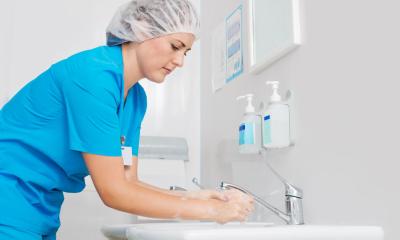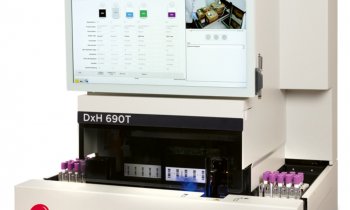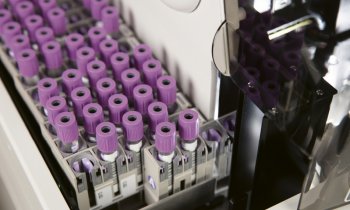Resistance to silver-containing wound dressings
Is a sharp weapon being blunted?
Article by Heidi Heinhold.

Bacteria can develop a resistance to silver and thus render some antibiotics ineffective, according to the German journal Ärztliche Praxis (21.12.05). It remains unclear how this mechanism works.
Silver-resistance has been noticed in Pseudomonas aeruginosa, an opportunistic pathogen that thrives in a moist environment. It is aerob, meaning it requires oxygen to live. This ubiquitous nosocomial bacterium can spoil food and is present in tap water, sinks, dish washers, pharmaceuticals and disinfectants. It primarily colonises burns and wounds of patients who are immunosuppressed, and suffer from AIDS or cancer. In patients with a weakened immune system it can cause urinary tract infections, enterocolitis and meningitis.
P. aeruginosa developed not only resistance to several antibiotics but also to silver if the dose is too low. Consequently, a wound caused by Pseudomonas aerigunosa must be treated with a dressing known to be effective against this pathogen. The recommendation of the German Robert Koch Institute to judiciously use wound dressings containing silver has to be seen in the context of this ability to develop resistance. It should be noted that the resistance is phenotypical and thus cannot be passed on to the next generation of bacteria in a strain.
P. aeruginosa can colonise surfaces in a biofilm form that protects the cells from antibiotics, disinfectants or silver. The pathogen is so dangerous because of this combined resistance to disinfectants, antibiotics and silver in silver-containing wound dressings. It can practically survive anywhere, and cause pneumonia, sepsis and endocarditis in compromised patients. The extremely versatile bacterium - which has been underestimated in recent years - proves that adherence to the strictest hygiene standards is the only effective weapon in the fight against nosocomial infections, for patients and staff. Even if in the future a vaccine is developed against Pseudomonas aeruginosa (tests are currently being undertaken) such protection can only be temporary and is treacherous since no doubt this intelligent pathogen sooner or later will develop an answer. After all, bacteria have been around for about 2.5-3 billion years - for them we human beings are nothing but a passing phenomenon.
Conclusion - Any treatment of bacterial infections must either kill the bacteria or inhibit their proliferation. If a wound dressing is not known to have bactericidal properties a local therapy inhibiting bacterial growth is usually sufficient - if all advantages and disadvantages have properly been considered and if the type of bacteria and resistances were clearly established. However, the most efficient measure to combat bacterial infections is, and will be, top hygiene.
01.07.2006








